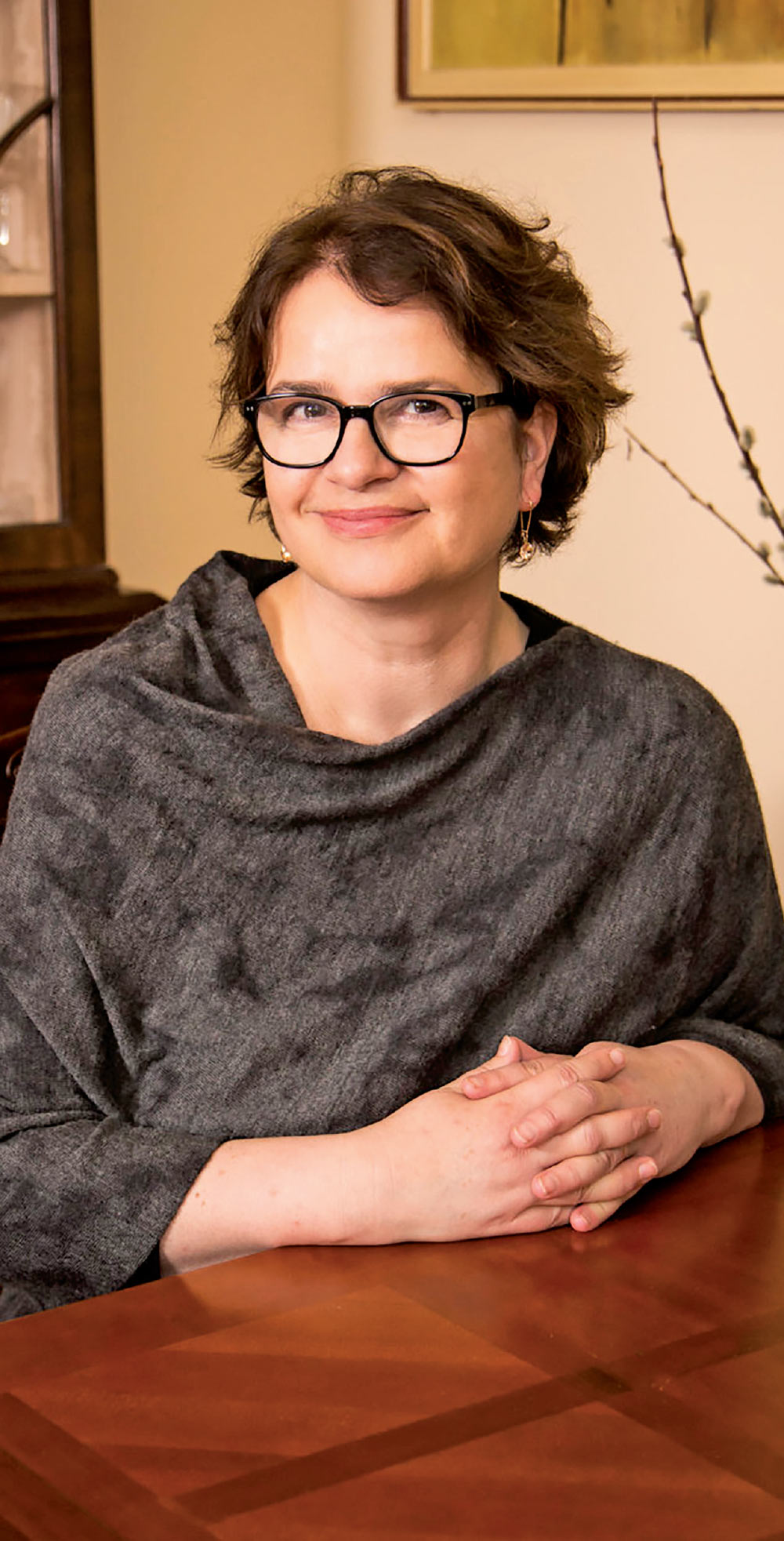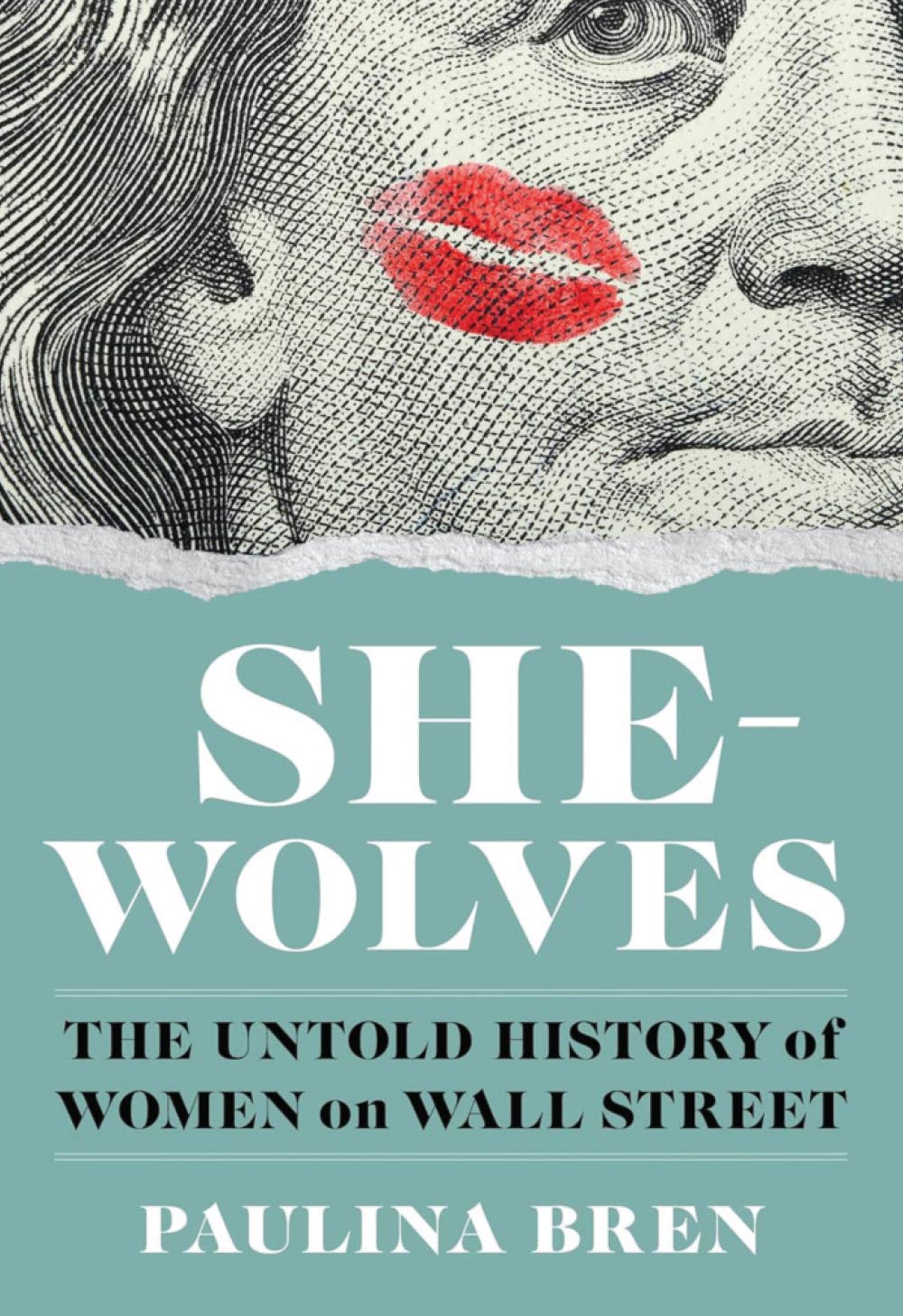Who Were the Pioneering
“She-Wolves” of Wall Street?

What originally piqued your interest in the female pioneers of Wall Street?
You go as far back as the New York Stock Exchange’s beginnings in 1792, but your book focuses on the period from the 1960s to September 11, 2001. Why did you choose that timespan?
But returning to the timeline, I think those 50 years were simply fascinating. The first women to arrive experienced a Wall Street vastly different from what it is today: It was men—all men. There were “No ladies” signs on the area’s dining clubs, two-martini lunches, much after-lunch groping, and all of this within what was a very secluded enclave on the tip of Manhattan. The area was peppered with small brokerage houses alongside the major firms, and it was at these small partner-owned brokerages where women got a foothold.
Almost all of them started as secretaries and looked and listened and began to climb that steep and treacherous ladder, a climb that usually began in the research departments as analysts, recommending stocks to their firm’s clients, in large part because they could sign their reports with initials, thereby passing as men.
Many of these early women were college dropouts from the outer boroughs of New York, who found themselves almost accidentally on Wall Street but, in the process, discovered a place where, with thick skin and chutzpah, you could actually go beyond the secretarial pool. When in the early 1980s Wall Street exploded onto America’s stage, and it suddenly became the place to be, a new generation of women came pouring in—a very different type of woman—and tensions ensued. And one can say the same for the early 2000s. It’s a very dynamic story.
Tell us about one thing you discovered during your research that truly surprised you.

You interviewed many “she-wolves.” Is there an anecdote that singularly encapsulates what the women of Wall Street faced at the beginning of this era?
Whom did you enjoy speaking with the most in the course of your research?
Did you encounter any Vassar she-wolves?
But I received an interesting email from Mark Higgins and Bethany Bengtson, who are writing a piece on Hetty Green, a rare and iconic woman on Wall Street in the 19th century; a successful investor, she was both America’s wealthiest woman and a famous miser (she would stuff old newspapers under her dress to keep warm and save on heating), but also a charitable person. She left her fortune to her children, but with no heirs of their own, in the early 1950s, her daughter left her mother’s money to 63 organizations, including Vassar College!
What has changed for today’s women of Wall Street, and what hasn’t?
As the historian Judith Bennett argues (in a book chapter that we teach in Introduction to Women, Feminist, and Queer Studies), there is change and there is transformation. But change should not automatically be mistaken for transformation. In other words, don’t be fooled by change (lots of women on Wall Street now), and assume there’s a radical transformation taking place.